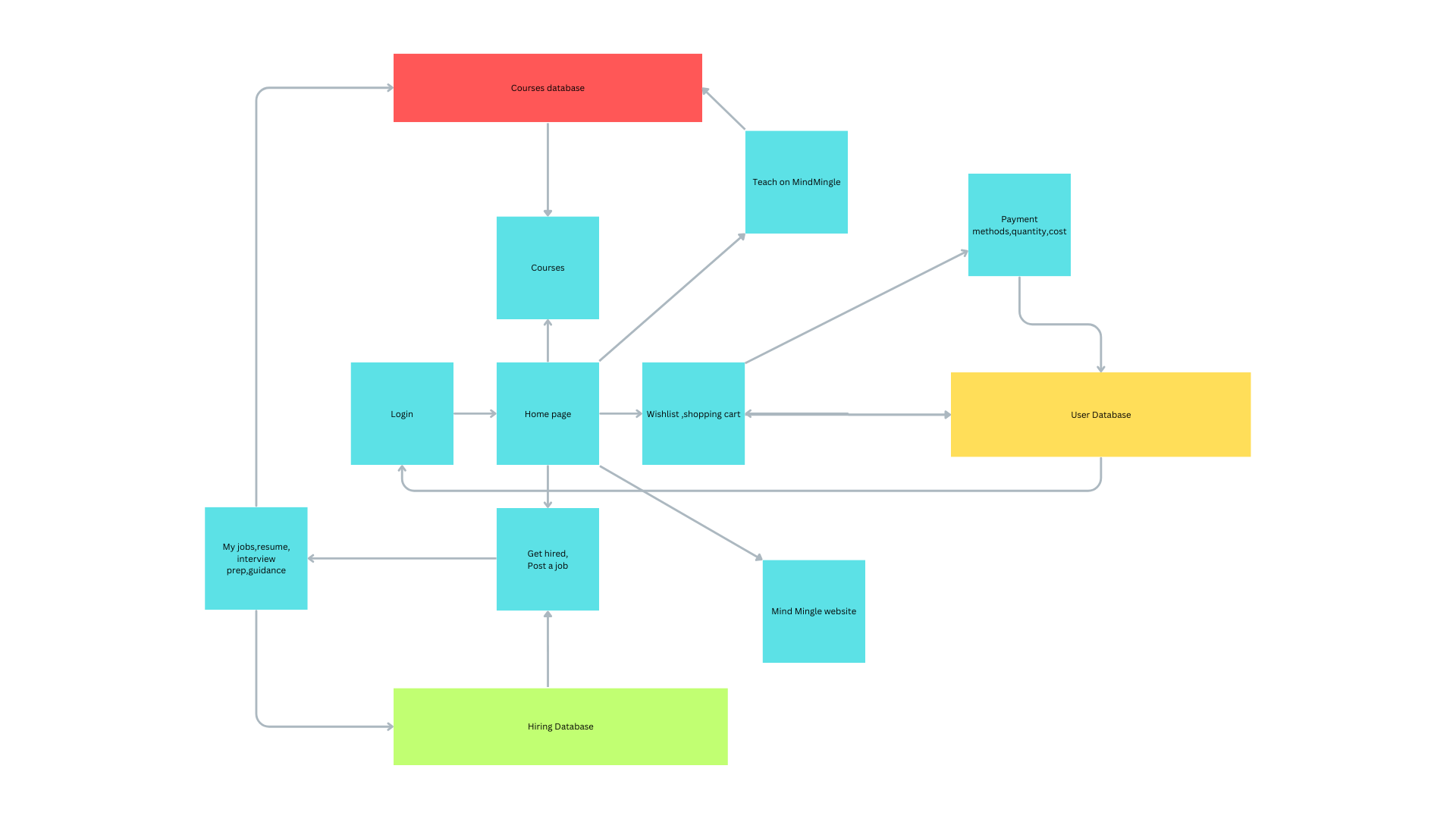Building a Basic Finance App with Rust: A Simple Guide
 Rahul Boney
Rahul Boney
In this article, we'll explore how to build a basic finance app using Rust. Our app will help you calculate various financial metrics based on your income. We'll use a combination of Rust for the backend logic and Slint for the user interface. Let’s dive into the code and understand how it all comes together!
What You’ll Learn
Setting up a Rust project with Slint
Building a user interface with Slint
Writing Rust code to perform financial calculations
Connecting the UI with the backend
Project Overview
Our finance app will take an income amount as input and calculate:
Taxes
Owner's share
Profit
Operating expenses
We’ll use the following constants for our calculations:
TAXPER: 30% tax
OWNERPER: 55% owner's share
PROFITPER: 5% profit
OPEXPER: 10% operating expenses
Setting Up the Project
Start by creating a new Rust project:
cargo new financeapp
cd financeapp
Add Slint to your Cargo.toml:
[dependencies]
slint = "0.4" # Check for the latest version
Building the User Interface
We’ll define the UI in a Slint file. Create a file named ui.slint:
import { Button, VerticalBox, LineEdit } from "std-widgets.slint";
export component AppWindow inherits Window {
in property <int> name;
in property <string> results:"";
in-out property <bool> opencurtain;
callback divide-income(string);
background: #354356;
GridLayout {
padding: 50px;
spacing: 25px;
Row {
Text {
color: white;
text: "Enter the amount you got";
horizontal-alignment: center;
font-size: 24px;
font-weight: 900;
}
}
Row {
income := LineEdit {
horizontal-alignment: center;
font-size: 16px;
placeholder-text: "Enter your income";
height: 35px;
}
}
Row {
Button {
text: "Calculate";
primary: true;
height: 35px;
clicked => {
root.opencurtain = !root.opencurtain;
divide-income(income.text);
}
}
}
Row {
VerticalBox {
Rectangle {
height: 100px;
background: white;
Text {
color: black;
font-size: 16px;
font-weight: 500;
text: root.results;
}
Rectangle {
background: black;
x: 0;
width: opencurtain ? 0px : parent.width / 2;
height: parent.height;
animate width {
duration: 250ms;
easing: ease-in;
}
}
Rectangle {
background: black;
x: opencurtain ? parent.width : parent.width / 2;
width: opencurtain ? 0px : parent.width / 2;
height: parent.height;
animate width {
duration: 250ms;
easing: ease-in;
}
animate x {
duration: 250ms;
easing: ease-in;
}
}
}
}
}
}
}
Writing the Backend Logic
Now, let’s write the Rust code to handle the financial calculations. Create or modify the main.rs file:
use slint::{include_modules, PlatformError, Weak};
include_modules!();
const TAXPER: f64 = 0.30;
const OWNERPER: f64 = 0.55;
const PROFITPER: f64 = 0.05;
const OPEXPER: f64 = 0.10;
fn main() -> Result<(), PlatformError> {
let ui = AppWindow::new()?;
let ui_handle: Weak<AppWindow> = ui.as_weak();
ui.on_divide_income(move |string| {
if let Some(ui) = ui_handle.upgrade() {
let num: f64 = string.trim().parse().unwrap();
let tax: f64 = num * TAXPER;
let owner: f64 = num * OWNERPER;
let profit: f64 = num * PROFITPER;
let opex: f64 = num * OPEXPER;
let result: String = format!(
"Taxes: {:.2}\nOwner: {:.2}\nProfit: {:.2}\nOperating Expenses: {:.2}\n",
tax, owner, profit, opex
);
ui.set_results(result.into());
}
});
ui.run()
}
Running the App
To run your app, use:
cargo run
This command will compile and start your application. You should see a window where you can enter your income and calculate the financial metrics.
Conclusion
We’ve built a simple finance app using Rust and Slint. The Rust code handles the calculations, while the Slint UI provides a user-friendly interface. This basic setup can be expanded with more features and refinements as needed.
You can find the full code for this project in the GitHub repository: financeappusingrust.
Feel free to explore and modify the code to fit your needs!
Subscribe to my newsletter
Read articles from Rahul Boney directly inside your inbox. Subscribe to the newsletter, and don't miss out.
Written by

Rahul Boney
Rahul Boney
Hey, I'm Rahul Boney, really into Computer Science and Engineering. I love working on backend development, exploring machine learning, and diving into AI. I am always excited about learning and building new things.